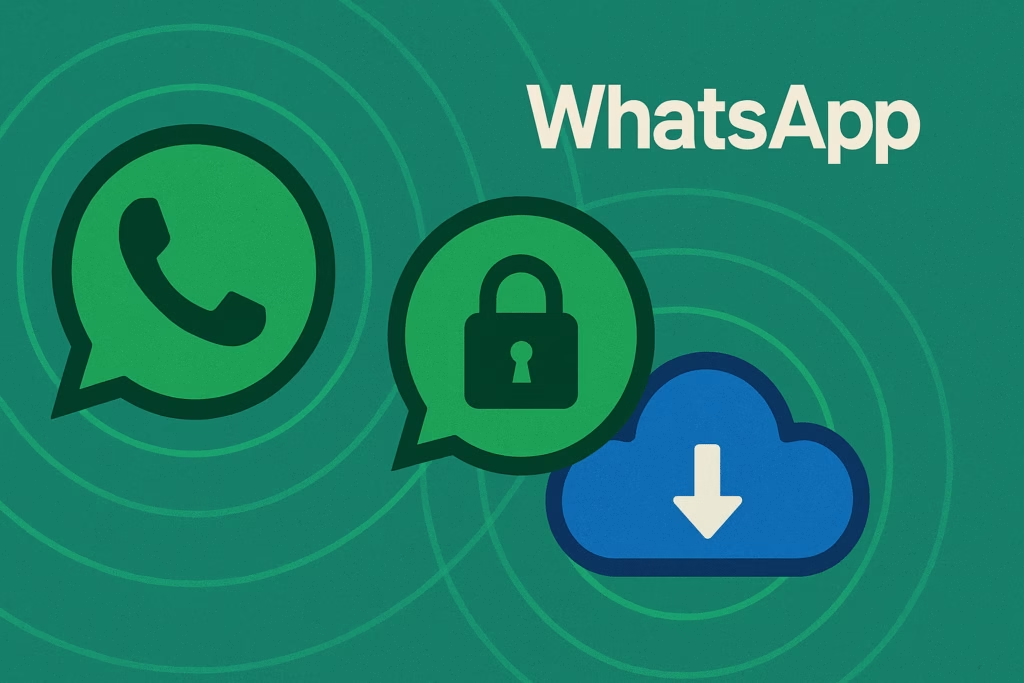
Cybercriminals are evolving their tactics at an unprecedented pace, deploying sophisticated phishing attack techniques that bypass traditional security measures and target the most valuable assets within organizations. While basic phishing attempts continue to plague inboxes worldwide, advanced threat actors have developed highly targeted strategies that can deceive even security-conscious employees and executives.
The financial impact is staggering: according to the FBI’s Internet Crime Report, business email compromise attacks alone resulted in over $2.7 billion in losses in 2022. Understanding these advanced phishing techniques is crucial for building effective defense strategies that protect your organization’s sensitive data, financial resources, and reputation.
Spear Phishing: Precision-Targeted Social Engineering
Unlike broad-spectrum phishing campaigns, spear phishing represents a highly targeted phishing technique that focuses on specific individuals or organizations. Attackers invest considerable time researching their targets, gathering intelligence from social media profiles, company websites, and public records to craft convincing, personalized messages.
Key Characteristics of Spear Phishing Attacks
- Personalized content: Messages reference specific projects, colleagues, or recent company events
- Contextual timing: Attacks often coincide with busy periods, holidays, or organizational changes
- Legitimate-looking sender addresses: Domain spoofing or compromised accounts create apparent authenticity
- Relevant attachments: Documents appear work-related and use familiar file formats
A typical spear phishing scenario might involve an attacker sending a finance employee a seemingly urgent invoice from a known vendor, complete with accurate company details and payment terms. The email’s urgency and apparent legitimacy often bypass normal verification procedures.
Whaling Phishing Definition: Executive-Level Targeting
The whaling phishing definition encompasses highly sophisticated attacks specifically designed to target C-suite executives, board members, and other high-value individuals within organizations. These attacks represent the pinnacle of social engineering, combining extensive reconnaissance with psychological manipulation techniques.
Why Executives Make Prime Targets
Cybercriminals focus on executive-level targets for several strategic reasons:
- Access to sensitive information: Executives typically have elevated system privileges and access to confidential data
- Financial authority: Senior leaders can authorize large transactions and financial transfers
- Reduced security oversight: Executives often receive less security training and may bypass standard protocols
- High-pressure environments: Time constraints and busy schedules increase susceptibility to urgent requests
Common Whaling Attack Vectors
Whaling attacks often masquerade as:
- Legal subpoenas or compliance notifications requiring immediate attention
- Board meeting documents or shareholder communications
- Executive recruitment opportunities or industry awards
- Merger and acquisition proposals or partnership opportunities
- Crisis management communications during organizational challenges
Business Email Compromise (BEC): The Million-Dollar Deception
Business Email Compromise represents one of the most financially devastating phishing attack techniques, with individual incidents often resulting in losses exceeding $1 million. These attacks typically unfold over weeks or months, with attackers patiently building trust and gathering intelligence before executing the final fraudulent request.
The BEC Attack Lifecycle
- Reconnaissance Phase: Attackers research organizational structure, key personnel, and business relationships
- Initial Compromise: Email accounts are compromised through credential theft or social engineering
- Monitoring Period: Attackers observe email patterns, communication styles, and business processes
- Relationship Building: Trust is established through seemingly legitimate communications
- Execution Phase: Fraudulent wire transfer requests or sensitive data requests are made
A notable case involved a multinational corporation losing $47 million after attackers impersonated the CEO, requesting an urgent acquisition-related wire transfer to overseas accounts. The request appeared legitimate, included accurate project details, and came from the CEO’s compromised email account.
Advanced Evasion Techniques
Modern phishing attack techniques incorporate sophisticated evasion methods designed to circumvent traditional security technologies and human detection capabilities.
Email Authentication Bypass Methods
Cybercriminals employ various strategies to evade email security measures:
- Domain spoofing: Registering domains with subtle variations of legitimate company names
- Display name spoofing: Using legitimate-appearing sender names while hiding malicious email addresses
- DMARC policy exploitation: Leveraging misconfigurations in email authentication protocols
- Subdomain abuse: Creating malicious subdomains on compromised legitimate websites
Content Obfuscation Strategies
Advanced attackers use sophisticated content manipulation techniques:
- Image-based text: Embedding malicious content in images to avoid text-based scanning
- URL shortening and redirection: Concealing final destinations through multiple redirect layers
- Delayed payload delivery: Time-delayed malware activation to evade sandbox analysis
- Legitimate service abuse: Using trusted platforms like Google Drive or SharePoint for malicious content hosting
Multi-Channel Attack Orchestration
Contemporary phishing campaigns increasingly utilize coordinated multi-channel approaches, combining email, voice calls, text messages, and social media to create comprehensive deception scenarios.
Vishing and Smishing Integration
Attackers often combine traditional email phishing with voice phishing (vishing) and SMS phishing (smishing) to create convincing narratives. A typical multi-channel attack might begin with a legitimate-looking email notification, followed by a phone call from someone claiming to be from IT support, requesting verification of credentials or system access.
Social Media Reconnaissance and Targeting
Professional networking platforms provide attackers with detailed organizational information, enabling highly targeted campaigns. LinkedIn profiles, company announcements, and employee connections create intelligence goldmines for crafting convincing phishing scenarios.
Emerging Threats: AI-Powered Phishing
Artificial intelligence and machine learning technologies are revolutionizing phishing attack techniques, enabling attackers to create more convincing content and automate targeting processes at unprecedented scale.
Deepfake Technology Integration
Advanced threat actors are beginning to incorporate deepfake audio and video technology into phishing campaigns, creating convincing impersonations of executives or colleagues requesting sensitive information or financial transactions.
AI-Generated Content Creation
Machine learning algorithms can now generate highly convincing phishing emails that adapt to individual recipients, incorporating personal details and communication patterns to maximize success rates while minimizing detection.
Building Comprehensive Defense Strategies
Protecting against advanced phishing attack techniques requires a multi-layered security approach that combines technological solutions with human awareness and robust organizational processes.
Technical Security Measures
- Email authentication protocols: Implement SPF, DKIM, and DMARC to verify sender legitimacy
- Advanced threat protection: Deploy AI-powered email security solutions that analyze content, sender behavior, and communication patterns
- Zero-trust architecture: Implement verification requirements for all access requests, regardless of source
- Multi-factor authentication: Require additional verification steps for sensitive account access
Human-Centered Security Training
Employee education remains crucial for phishing defense:
- Regular simulation exercises: Conduct realistic phishing simulations to test and improve response capabilities
- Executive-specific training: Provide specialized whaling awareness training for senior leadership
- Incident reporting procedures: Establish clear, non-punitive reporting channels for suspicious communications
- Verification protocols: Train employees to verify unexpected requests through alternative communication channels
Organizational Process Improvements
Implementing robust verification procedures can prevent successful attacks:
- Establish dual-approval requirements for financial transactions above specified thresholds
- Create callback verification procedures for urgent requests from executives or vendors
- Implement regular security awareness briefings highlighting current threat landscapes
- Develop incident response playbooks specifically addressing phishing attacks
Key Takeaways for Business Security
Advanced phishing attack techniques continue evolving, requiring organizations to maintain vigilant, adaptive security postures. The most effective defense strategies combine cutting-edge technology with comprehensive human awareness programs and robust organizational processes.
Success in combating these sophisticated threats requires understanding that phishing attacks exploit human psychology as much as technological vulnerabilities. Organizations must invest in both technical solutions and ongoing security education to build resilient defenses against evolving phishing techniques.
Regular assessment of security measures, continuous employee training, and staying informed about emerging threats form the foundation of effective phishing protection. By implementing comprehensive, multi-layered security strategies, organizations can significantly reduce their vulnerability to even the most sophisticated phishing attack techniques.
Don’t wait until your organization becomes another cybercrime statistic. PhishDef provides comprehensive phishing protection solutions designed to detect and prevent advanced phishing attacks before they reach your employees’ inboxes. Our AI-powered platform combines real-time threat intelligence with user-friendly security training to create robust defenses against evolving phishing techniques. Contact PhishDef today to schedule a free security assessment and discover how we can protect your organization from sophisticated phishing threats.


